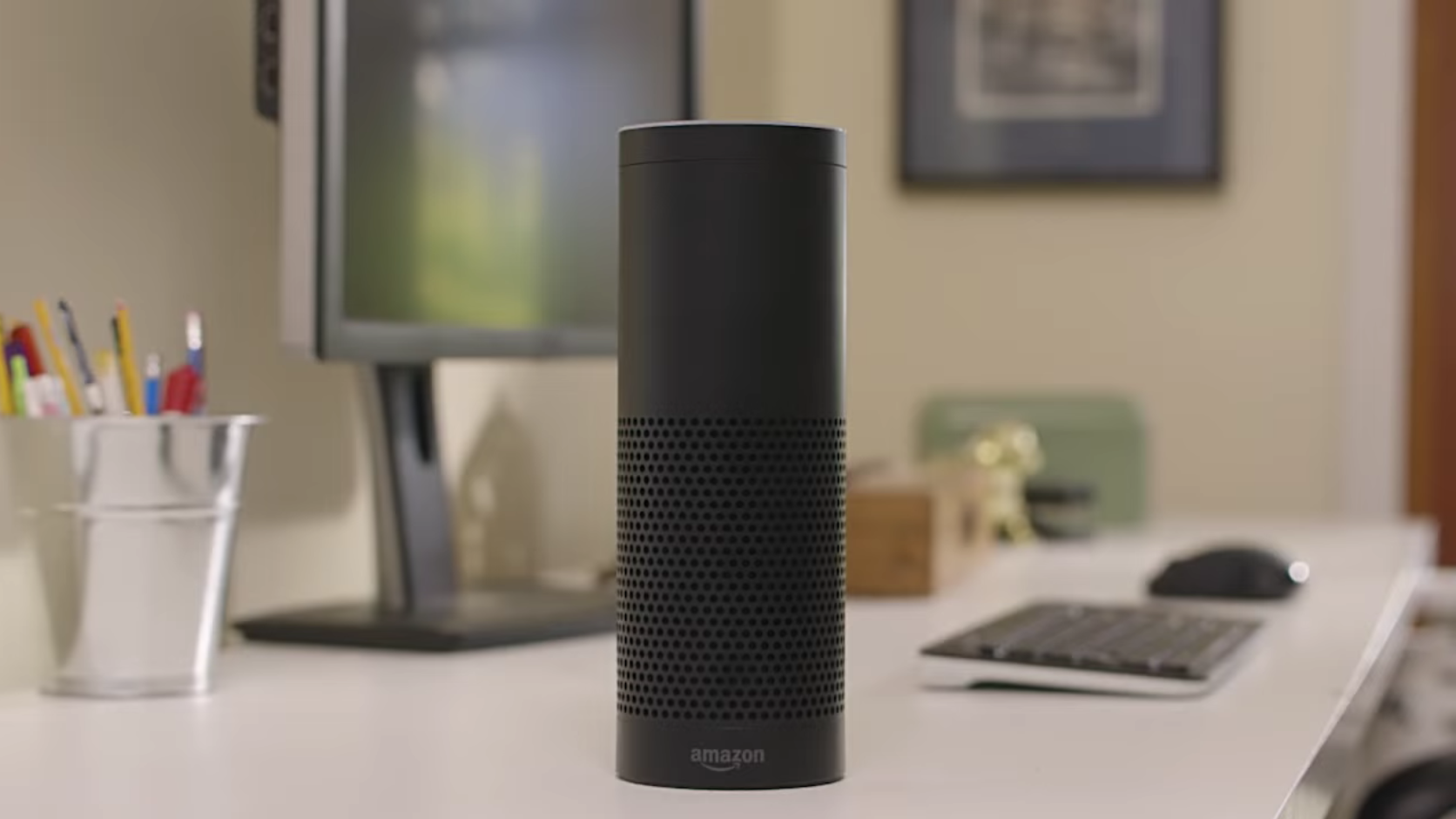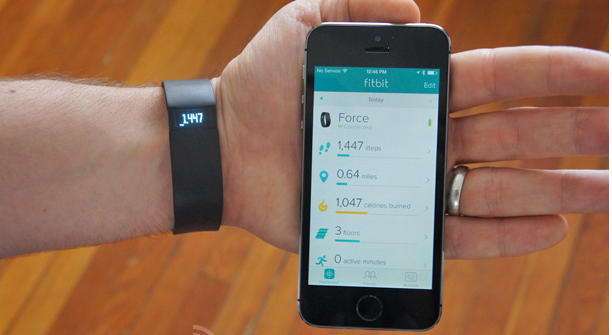What Happened
Another day, another new skill added to Amazon’s virtual assistant service Alexa. Today, Fitbit unveiled its integration with Alexa, which allows users to get their daily fitness stats, such as steps taken and heart rates, simply by asking their Alexa-enabled Amazon devices. The fitness wearable maker also designed some contextual messages so that Alexa can offer users words of encouragement throughout the day.
What Brands Need To Do
While Fitbit is the first wearable company to integrate with Alexa, it is not the first one to add a conversational touch to fitness wearables. Moov, for example, created a fitness tracker that talks to you during workouts via wireless earbuds to guide you through the exercises and reads you key biometric stats. Nevertheless, by integrating with Alexa, Fitbit has added another dimension to its product and a new touchpoint to engage users. As Amazon and the developer community continue to build out Alexa’s capabilities and make it an increasingly brand-friendly platform to reach consumers at home, brands would be smart to get on board with those devices via integrations or partnerships.
For more information on how brands can develop authentic brand voices and navigate the new rules of discovery, check out the Conversational Interfaces section in our Outlook 2016.
Source: CNet


